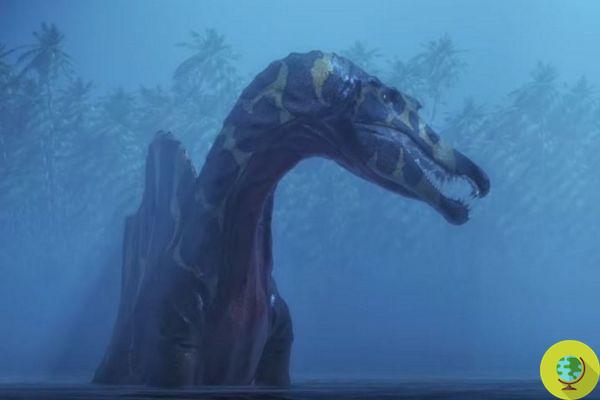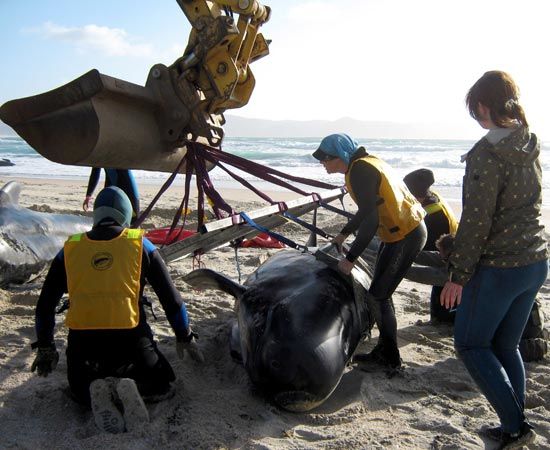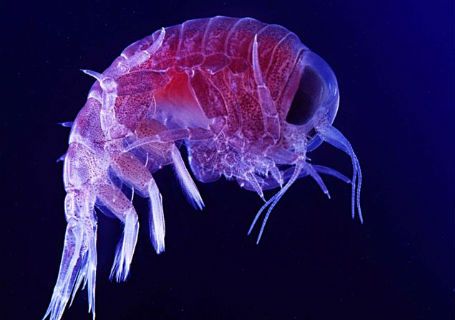
In recent decades, the hypothesis that dinosaurs could swim had been discarded, but the discoveries made on spinosaurus overturn this belief.
He is about to end up run over, his mother saves himLo aquatic spinosaurus it had a long tail similar to that of fish, which allowed it to swim and probably prey on aquatic animals.
The discovery, recently published in the journal Nature, comes after a long investigation carried out by a group of researchers led by paleontologist Nizar Ibrahim and revolutionizes our knowledge aboutevolution of dinosaurs.
In fact, the most recent research on dinosaurs suggested that these animals lived on land and the hypothesis that some of them could swim had already been rejected for several decades.
By examining the fossil record of Spinosaurus aegyptiacus found in Morocco, researchers showed that the dinosaur's tail not only allowed it to move ashore but also to stay underwater and swim for a long time.
Lo aquatic spinosaurusor, who lived about 100 million years ago, was a predator of considerable size, 15 meters long for a good 7 tons of weight.
This giant dinosaur it had a sort of crest on the back and one long tail, unique of its kind: the tail was in fact a large and flexible organ, consisting of vertebrae and lateral spines, similar to the fin of a fish.
Based on the anatomical structure of the tail, the researchers simulated possible movements and calculated the propulsive force generated by a similar organ.
According to the research results it is certain that the spinosaurus lived in an aquatic environment or semi-aquatic and not only terrestrial.
The evidence would be unequivocal and consistent with the documented eating habits for this dinosaur, which ate fish.
La discovery therefore overturns what was believed with respect to dinosaurs: in addition to terrestrial specimens capable of flying, some also knew how to swim and lived in aquatic environments.
Sources of reference: Nature / National Geographic
Read also:
- The "dancing dragon" fossil is of a new winged dinosaur that lived 120 million years ago
- This animal reveals the secret of how dinosaurs became birds
- This is how the dinosaurs hatched their eggs in their nests
- Mammals and dinosaurs together in the courtyard of NASA. The exceptional fossil find


























